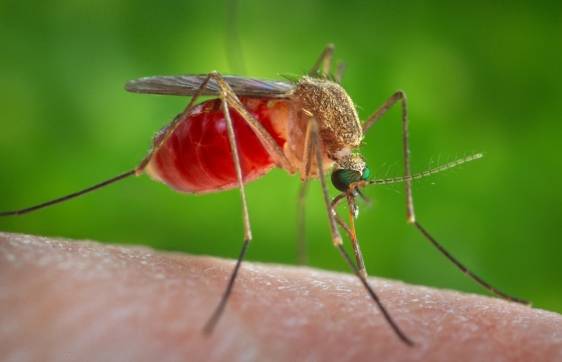
MANCHESTER, NH – The Manchester Health Department announced Wednesday that two batches of mosquitoes, both collected in Manchester on August 7, have tested positive for Eastern Equine Encephalitis (EEE). These are the first EEE positive mosquito batches identified in Manchester this year. One batch tested positive for EEE last year. This raises the Arboviral Disease Risk level to “moderate.”
There have been no EEE infections identified yet this season in humans or animals. EEE-positive mosquito batches have been detected in Pelham, which were collected on August 1.
According to Anna Thomas, MPH, Manchester’s Public Health Director, “As with every year, there is a possibility that we might detect mosquito-borne illnesses. And as such, everyone should be vigilant in eliminating mosquito breeding areas and taking personal precautions including the use of an effective insect repellent, to prevent being bitten by mosquitoes.”
The Manchester Health Department routinely collects, sorts and submits mosquitoes, from locations in Manchester, for testing at the NH Public Health Laboratory, beginning in early July and through the active mosquito season. We will keep the public informed about additional positive results in Manchester. Public health interventions, such as spraying for adult mosquitoes, may be indicated based on disease activity.
Symptoms of EEE virus usually appear 4 to 10 days after being bitten by a mosquito carrying the EEE virus. People who get sick from EEE can develop a flu-like illness, including fever, headache, weakness, and muscle and joint pains. A more serious central nervous system infection can develop such as meningitis and encephalitis (inflammation of the brain). EEE typically causes a more serious disease than WNV and carries a high mortality rate for those who contract the serious encephalitic form of the illness. There is no specific treatment for the disease.
Learn more here at the Centers for Disease Control website.







